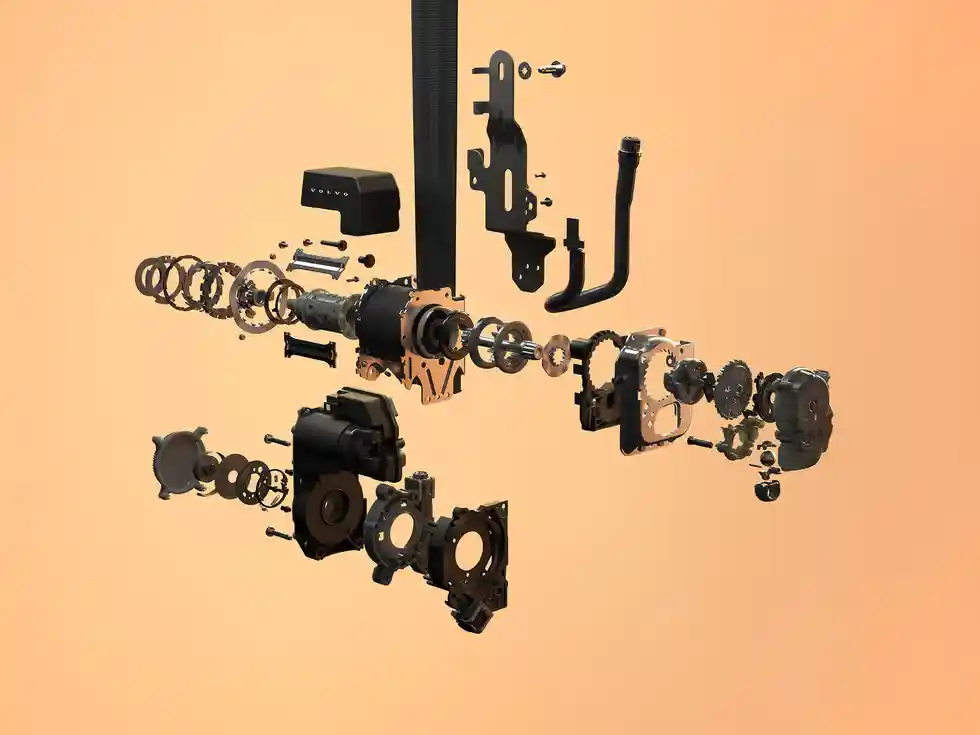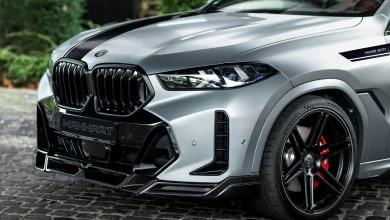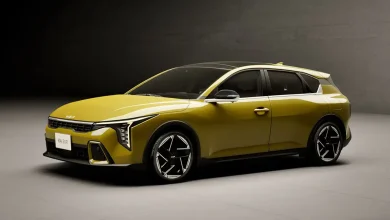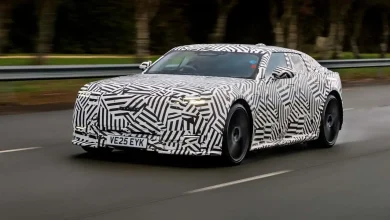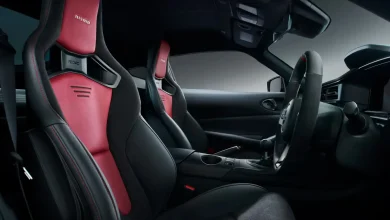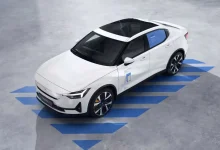Volvo Cutting-Edge Seat Belt Innovation Will Blow Your Mind
The Swedish company that created the three-point seatbelt back in 1959 is now focused on enhancing its design.

There are many reasons to choose a Volvo—from its sleek Scandinavian design and luxurious interiors to its concert hall-quality sound systems. However, safety has always been the Swedish automaker’s top priority. Volvo introduced the three-point seat belt in 1959, followed by rear-facing child seats in 1972, and side-impact airbags in 1991. Now, the company is pushing safety even further by reimagining the seat belt once again.
Volvo has leveraged decades of crash data to enhance the classic three-point seat belt, now 66 years old. The company calls this updated design the “multi-adaptive” seat belt, as it dynamically adjusts tension based on both the specifics of a crash and the individual occupant’s size. Rather than responding in a fixed way, the belt adapts instantly to each collision scenario.
According to Volvo’s press release, “Unlike traditional systems, the new multi-adaptive safety belt can utilize data from different sensors, including exterior, interior, and crash sensors. In less than a blink of an eye, the car’s system analyzes the unique characteristics of a crash — such as direction, speed, and passenger posture — and shares that information with the safety belt.”
Volvo also explained how the system customizes its response depending on body size: in serious crashes, larger occupants will experience higher belt loads to reduce head injuries, while smaller occupants in less severe impacts will have lower belt loads to prevent rib injuries. Importantly, the system is designed to evolve over time through over-the-air updates as more crash data becomes available.
Volvo’s new seat belt system is backed by data from 80,000 real-world crashes, incorporating both vehicle information and customer feedback. The issue Volvo aims to address is the over-generalization found in most modern seat belts, which typically use a single load limit to control the force applied during a crash. Volvo believes this one-size-fits-all method is no longer sufficient for optimal safety. Their innovative system offers 11 different load limit settings, allowing for a more personalized and effective response in various crash scenarios.
It’s no surprise that Volvo is leading the charge to improve seatbelt technology, given the company’s long-standing commitment to achieving zero fatalities in their vehicles. This ambitious goal was first set in 2008 with a target completion date of 2020. Although that deadline has passed, the Geely-owned automaker remains dedicated to the mission. Their efforts are paying off: an analysis by the Swedish Transportation Administration revealed that annual road fatalities in Sweden are significantly lower among Volvo drivers compared to those in cars from other manufacturers.
Volvo plans to debut this advanced safety technology in the upcoming Volvo EX60, scheduled to arrive in the U.S. market by 2026 as a fully electric alternative to the popular XC60. Only time—and real-world crashes—will reveal just how effective this new system truly is, but it’s clear that Volvo remains steadfast in its commitment to safety innovation. Given Volvo’s history as a leader in automotive safety, it wouldn’t be surprising to see this type of adaptive seatbelt technology adopted by other manufacturers in the near future.




